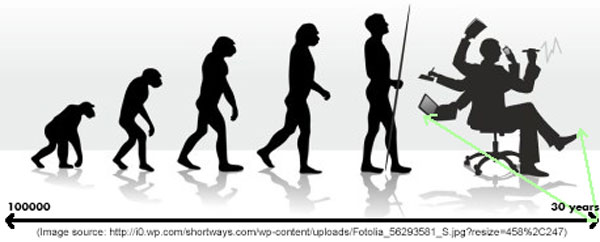Choosing the right media career - for YOU

There are literally hundreds of career options in Media. But which one is the right one for you? I get many students who have the wrong notion of what the Industry is about. Some come in with stars in their eyes, seeing only the glamour that is associated with the media. They either want to become actors, news anchors, or someone who is seen on screens. There are some who think they are great photographers, cinematographers, or DOPs (Director of Photography) as they are called now. But making those short films using a handycam, shooting a documentary with a DSLR does NOT mean that you become a DOP overnight. Or just because you have directed a couple of short films does NOT make you a Director in the Industry. Some also are very passionate about going into film production. I have seen many students who, after a few days find that job exhausting, and learn the hard way that they are not fit for the production side. There is also a notion that just because you do a course in Manageme








